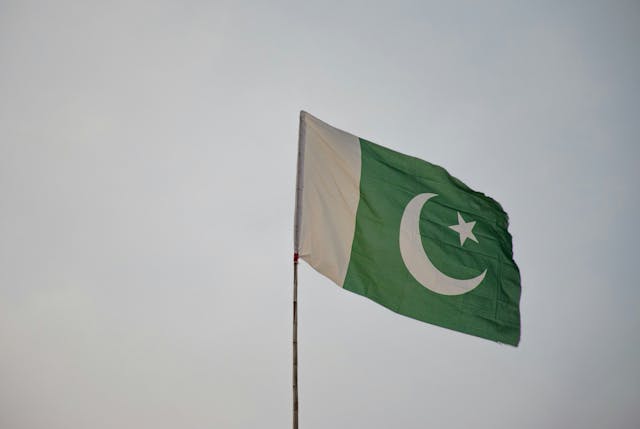Nuclear conflict: Luxembourg opposes extension of Cattenom NPP operation

Getty Images
In a year's time, the Cattenom nuclear power plant in the south of France, near the border with Luxembourg, will celebrate its 40th anniversary. EDF (Électricité de France) is already making plans to extend its operation, but the Luxembourg government, a long-time opponent of nuclear power, is once again opposing the decision.
France is actively developing a new generation of EPR reactors, and hypothetically Cattenom could receive such a module. However, Luxembourg does not intend to change its position and continues to push for the closure of not only this NPP, but also the Belgian plants Tihange and Doel, which, according to the authorities, pose a threat to the security of the region.
Despite its anti-nuclear stance, Luxembourg actually uses nuclear energy. As the Ministry of Economy recognises, the country imports electricity, and since the European grid is supplied by nuclear power plants, it is impossible to avoid using it.
This fact is causing a certain contradiction in government policy. Last year, Luxembourg Prime Minister Luc Frieden hinted at a possible revision of the national approach to nuclear energy, but faced stiff opposition from the DP party, which is part of the ruling coalition. In the end, the country remained committed to a complete phase-out of nuclear energy.
In order to reduce dependence on nuclear generation, Luxembourg relies on the development of renewable energy sources. The authorities intend to strengthen investments in wind and solar energy, as well as to participate in European energy projects.
However, the question remains: will the country be able to provide its own energy without nuclear generation? Or, despite political statements, will it be forced to continue using nuclear electricity from the European grid?





